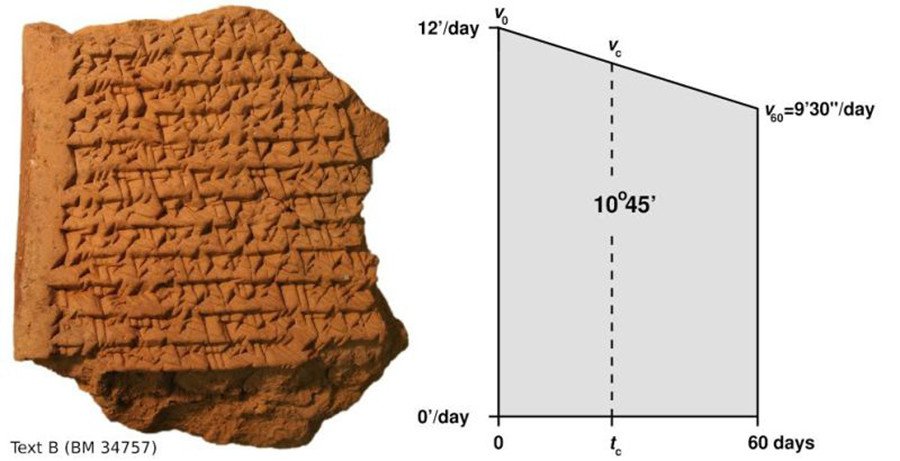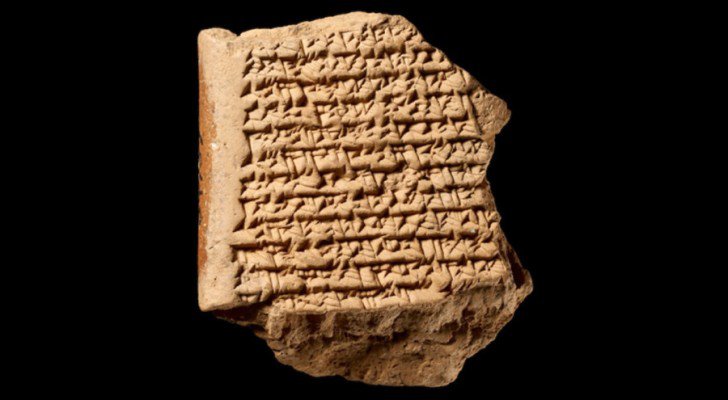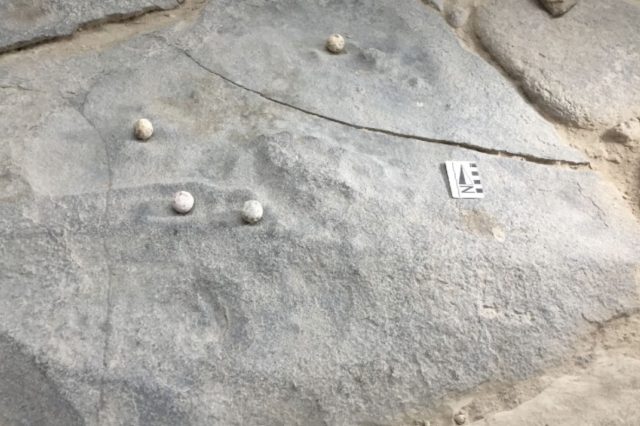"Ancient Mesopotamian astronomers had not only figured out how to predict Jupiter’s paths more than 1,000 years before the first telescopes existed, but they were using mathematical techniques that would form the foundations of modern calculus as we now know it."
It is a well-known fact that ancient civilizations around the globe were outstanding astronomers. Humankind has observed the stars for thousands of years, looking to the sky for answers. The ancients eventually documented observations of the night sky. One such observation has proven that ancient Babylonian astronomers were able to calculate Jupiter’s movement using what has been revealed as an early form of geometric calculus. Interestingly, the Babylonians did more than 1,400 years before the technique was ‘invented’ in Europe.

Why this matters
This is groundbreaking for a couple of reasons. First of all, it clearly demonstrates that ancient Mesopotamian astronomers figured out how to accurately predict the planet Jupiter’s movement more than 1,000 years before the appearance of the first telescopes. They did so by using mathematical equations that would later become the very foundations of modern calculus. This shows just how highly developed this ancient culture was,” historian Matthieu Ossendrijver from Humboldt University in Germany revealed Maddie Stone at Gizmodo in a 2015 article detailing the discovery. “I don’t think anybody expected something like this would be discovered in a Babylonian text.”
To uncover the ancient Mesopotamian astronomical secrets, Ossendrijver analyzed photographs of an ancient astronomical tablet. Eventually, the scientist decoded it and discovered the meaning of a weird trapezoid that was carved into the stone more than 2,000 years ago. The key to understanding the ancients’ astronomical secrets was the trapezoid shape that had caused confusion among experts who could not comprehend four other Babylonian tablets to cite it when referring to Jupiter’s movements across the sky.

Advanced ancient astronomers
There had already been a plethora of evidence to suggest that ancient Babylonian mathematicians used basic forms of geometry. Still, until recently, we had only uncovered signs of them using arithmetic. The question that arose was why the ancient astronomers would reference geometrical calculations based upon the long and short sides of the weird trapezoid found on the tablets. Without the photographs of a tablet analyzed by Ossendrijver, we would probably never have understood it. The ancient tablets–which were written in cuneiform–were excavated by archeologists in modern-day Iraq in the nineteenth century and were eventually brought to England to the British Museum.
While Ossendrijver had already seen the four previous tablets, the fifth one was unknown to him. The key was proven to hold the missing key to understanding how ancient astronomers used the trapezoid shape to predict Jupiter’s position in the sky. This was essential in ancient Mesopotamia as it directly influenced their beliefs about the weather, the price of trade goods, and the river levels throughout the years. The fifth tablet has been found to accurately describe the necessary procedure for calculating the Gas Giant’s movement across the ecliptic plane and the path that the Sun appears to trace through the stars over the course of a year, explained Gizmodo.
Join the discussion and participate in awesome giveaways in our mobile Telegram group. Join Curiosmos on Telegram Today. t.me/Curiosmos




